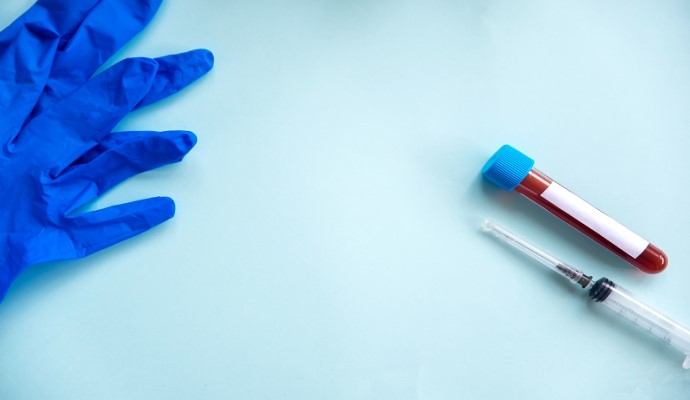COVID-19 Diagnosis Leads to More Healthcare Utilization Later
Elevated healthcare utilization could impact the ability of healthcare systems to maintain high-quality care during the ongoing pandemic, researchers said.

Source: Getty Images
- Healthcare utilization goes up for patients who receive positive COVID-19 results because of post-COVID-19 conditions, according to a recent study.
The study published in JAMA Network Open earlier this month analyzed data from eight integrated healthcare organizations from across the country to evaluate post-COVID-19 conditions (PCCs) in a diverse population of patients from across care settings, including outpatient, inpatient, emergency department, and virtual settings.
Positive COVID-19 results were associated with an additional 213 healthcare visits per 1,000 patients in the six months after the acute stage of illness, researchers found. The additional visits meant that there were more than 27,200 visits among 128,000 patients over six months.
PCCs associated with elevated healthcare utilization in the six months after initial illness included alopecia (hair loss), bronchitis, pulmonary embolism or deep vein thrombosis, and dyspnea. These conditions were associated with approximately two-fold the rate of utilization in patients with positive COVID-19 results compared with those with negative results over the same time period.
Researchers said that the healthcare utilization rate among positive patients “demonstrates the potential for COVID-19 to exert an ongoing strain on [healthcare] organizations.”
“This is particularly important in the context of deferred routine care since the inception of the pandemic,” they added in the study.
The COVID-19 pandemic led to significant care access barriers as physicians closed their offices and reduced appointment availability to prevent the spread of the virus during the early phase of the pandemic. Without robust access to care, many patients delayed care, including the most at-risk patients with multiple chronic conditions. This trend has continued after the height of the pandemic, creating concerns about patient access to care and worsening conditions.
Delayed care is still having an impact on healthcare settings. Hospitals have also reported continued strain stemming from the ongoing pandemic, particularly around hospital expenses, access to labor, and healthcare utilization.
Healthcare organizations could face increased volumes following a surge in COVID-19 cases in their communities, the study suggested. The highest burden of care was during the initial three months after the initial diagnosis, although some PCCs persisted for four to six months, the study showed.
The study also found that some PCCs worsened over time, including sleep, skin, and myoneural disorders.
“As [healthcare] systems evolve to maintain high-quality clinical care during a dynamic and ongoing global pandemic, these data provide valuable evidence to inform long-term strategic resource allocation for patients previously infected with SARS-CoV-2,” researchers wrote in the study.
“We identified PCCs associated with early [versus] late periods following SARS-CoV-2 infection, as well as subgroups at highest risk, deepening clinical awareness of a highly complex condition. Together, our findings contribute reliable and informative estimates of PCC burden to broadly support [healthcare] planning, patient care and prognosis, public policy, as well as advancement of our scientific knowledge on the long-term burden of COVID-19.”
